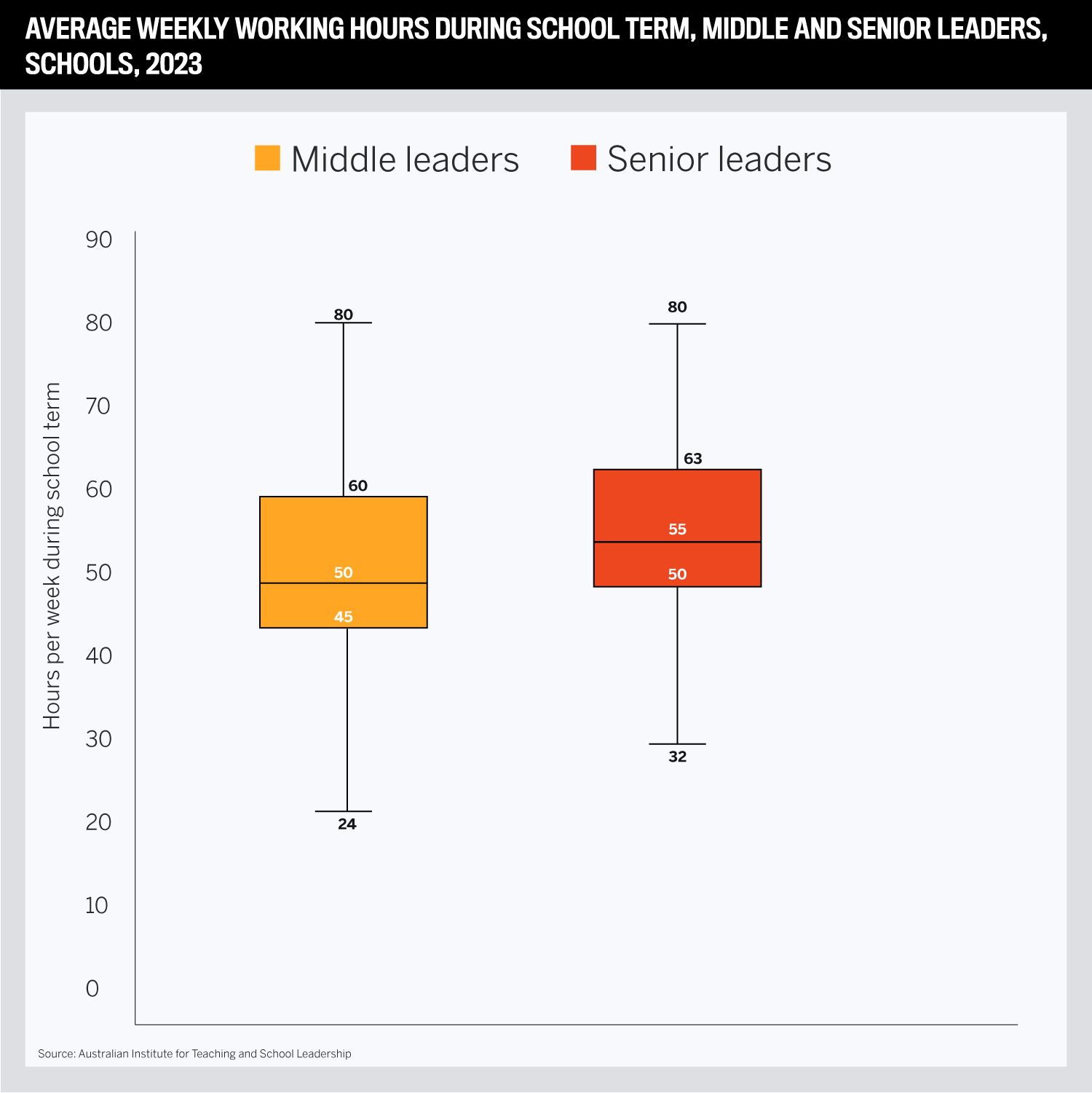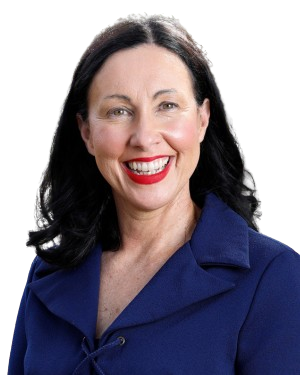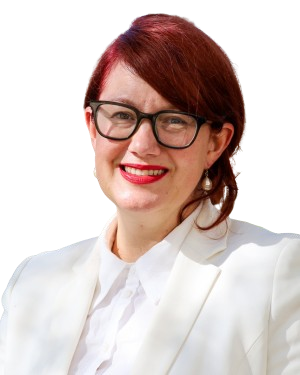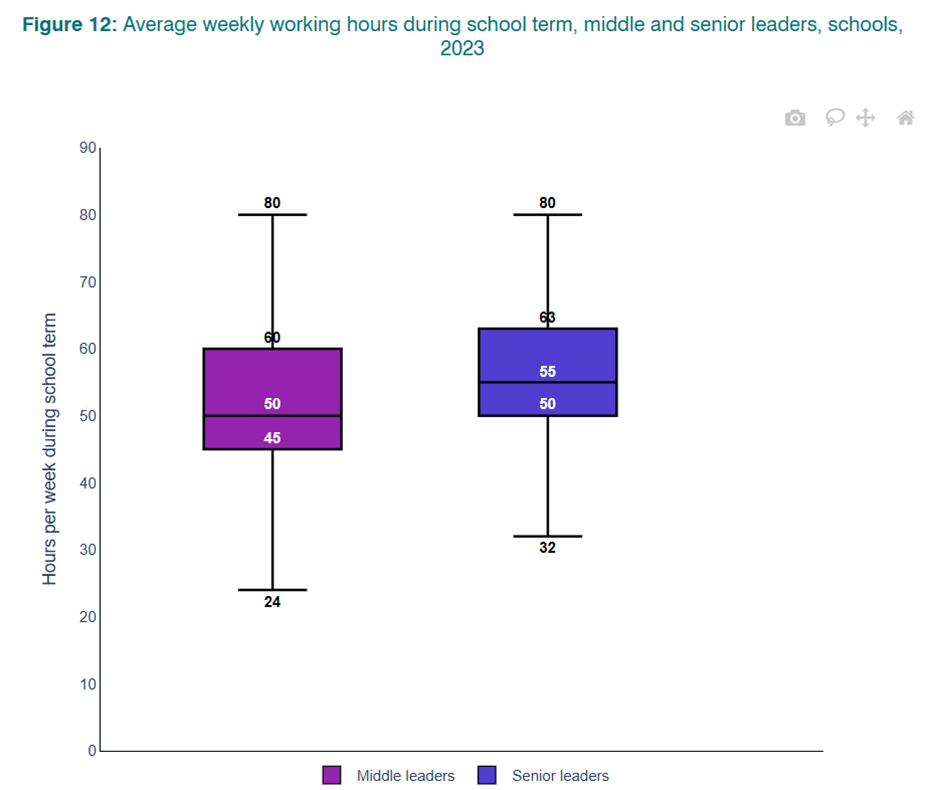Jump to winners | Jump to methodology | View PDF
Bright sparks and bold moves
Progress across Australia’s education sector is buzzing ahead, thanks to a dynamic group of professionals bridging the gap between theory and real-world practice. These skilled educators are reshaping classrooms and creating high-quality opportunities that inspire and empower students across the country.
The Educator’s 11th annual Hot List celebrates these professionals at the leading edge of education and raising the stakes for all. While they are all recognised equally for their achievement, their paths to success are as diverse and creative as the sector itself. Nominations poured in from across the industry, with each candidate evaluated on the powerful impact they’ve made in K–12 education over the past year.
Mark Ashmore, principal at Salesian College Chadstone, speaks of the best educators being able to inspire and challenge learners to improve. “Top educators look beyond their own classrooms or sphere of leadership, moving into strategy and innovation to improve student and school outcomes through wellbeing and pastoral initiatives, personalising learning or using technology/AI,” he says. “From my experience, these educators have a strong purpose and commitment to excellence and individual growth for their students.”
This sentiment is echoed by Karen Jebb, principal at Emmaus College. She cites the need to lead with emotional intelligence, resilience and understanding of cognitive science. She says, “A top educator challenges complacency, embraces informed change and makes meaningful contributions to the broader educational landscape.”

Source: Australian Institute for Teaching and School Leadership
Best Educators in Australia
Those on the Hot List 2025 are a showcase of passionate leaders driving Australian education to new standards. Below are three of those on the prestigious list who are spotlighted.
Chrissy Gamble – forward-thinking innovator
Principal
Kingswood College
Started in education: 1994
Over the past 12 months, Chrissy Gamble has led the development and launch of the college’s bold and future-focused Strategic Plan 2025–29.
The five-year roadmap reimagines what school can be, anchored in the vision to embolden and inspire and drive meaningful innovation across the college for students, staff and the wider community.
“These initiatives will shape the learning experience and culture of our college for decades to come,” says Gamble.
The Strategic Plan has five pillars:
- bold expectations
- exceptional staff
- strong connections
- future-ready
- sustainable legacy
Bold expectations: Gamble has championed an evidence-informed K–12 teaching and learning strategy that focuses on individual student growth. This includes data-driven approaches to track student learning progress, an expanded understanding of wellbeing that encompasses physical, emotional, social and academic health and a commitment to experiential learning that nurtures curiosity, confidence and engagement.
Exceptional staff: She has committed to the launch of a refined professional learning and performance development framework that promotes continuous growth, recognises excellence and strengthens the culture of collaboration. Gamble restructured leadership teams to ensure more inclusive and effective decision-making and introduced strategies to attract and retain educators aligned with the college’s values of respect, courage, kindness, perseverance and excellence.


“If I can leave a school with a clear vision, more united and more sustainable than when I arrived, that is the measure of success that matters most”
Chrissy GambleKingswood College
Strong connections: Gamble also strengthened engagement with alumni, families, First Nations communities and international partners. She has worked alongside the College Council to establish a Philanthropy Committee, revitalised the role of the Parents and Friends Association and launched initiatives to foster community-based learning and service.
Future-ready: Gamble led the design and implementation of a renewed school masterplan. This transformative project plans to reshape the college’s learning environment to better support collaboration, creativity, sustainability and student wellbeing. Future facilities will be intentionally designed to reflect a modern, future-focused approach to education.
Sustainable legacy: She worked alongside the College Council to redefine governance and operational practices to ensure the long-term sustainability and diversity of the college. This includes embedding environmental practices across the school, strengthening international student programs and expanding reconciliation initiatives within curriculum and culture.
In addition, Gamble is an active member of the Association of Heads of Independent Schools of Australia (AHISA) and was invited to present a workshop at the September 2025 Biennial Conference in Wellington, New Zealand. She co-presented a session, From Words to Action: Embedding Vision, Mission and Values into School Culture and Strategy, with Tina Flyger, the college’s head of people and culture, highlighting the team-oriented approach she fosters.
The session explored how Kingswood College translated its newly developed vision into a five-year strategic plan and how those guiding principles have been embedded across all aspects of school life.
“Being a principal is a great honour, but it is also an all-encompassing role,” adds Gamble. “Amid a challenging landscape for educators, I have sought to be a voice of optimism. There has been much negative press about teaching and school leadership, yet I see it as the most rewarding profession there is.”
Samantha Jensen – sustainability champion
Principal
Mount Alvernia College
Started in education: 2021
Introducing a range of visionary initiatives has defined Samantha Jensen’s leadership over the last 12 months.
These are grounded in:
-
ethical leadership
-
sustainability
-
cultural inclusion
-
future-focused learning
-
community engagement
These are also the hallmarks of the college’s Franciscan identity, and Jensen is leading the school through a five-year improvement journey, which has seen the median ATAR score rise from 82.70 (2020) to 91.85 (2024).
“However, underpinning these numbers is probably the biggest achievement of all – an environment where our students now have a demonstrable sense of self-belief, confidence and aspiration,” she says.
One of the most impactful projects has been Grow it Forward, a sustainable food source and community initiative where produce from the college garden (La Foresta) is shared with local families and community organisations. It embodies ecological education and social justice, involving students across year levels in growing, harvesting and distributing food.
The project connects curriculum, community service and sustainability and was nationally recognised on ABC’s Gardening Australia. It is a living expression of Franciscan care for creation and solidarity with the vulnerable.
In parallel, under Jensen’s stewardship, she is set to launch the Franciscan Centre for Ethical and Innovative Leadership, designed to cultivate ethical, creative and courageous leadership in students. As part of this initiative, the new subject Critical and Philosophical Thinking has been introduced into the curriculum in 2025 and will be expanded in 2026 to foster deep inquiry, moral reasoning and intellectual curiosity.


“I genuinely view each day as an opportunity to make a meaningful impact on not only our students’ lives but also the community responsible for growing our future generation”
Samantha JensenMount Alvernia College
The Centre will also be launching a Leadership Speaker Series, bringing diverse leaders to engage with students on contemporary ethical challenges, innovation and vocation. These programs empower students to become reflective thinkers and principled leaders.
Demonstrating a commitment to innovation in workforce strategy, Jensen has introduced a “Work at Mt A” event, as part of the college’s Open Day, inviting prospective educators to experience the college’s culture, learning environment and strategic direction.
This innovative approach serves both recruitment and professional formation purposes, helping to ensure mission alignment, inspire excellence and attract outstanding educators in a competitive workforce landscape.
As part of the concept design and planning for Mount Alvernia’s new library, Jensen, with the firm m3architecture, has engaged in a comprehensive First Nations Designing with Country process. Alongside student consultation, this has seen ancient wisdom coupled with Franciscan spirituality in a way that honours and incorporates elements of the natural environment. A series of student weaving workshops will culminate in collaborative art pieces, which will be incorporated into the building, with the library set to be completed in 2027.
Jensen says, “I believe in leading with empathy and setting an example through action, so I would hope that these characteristics shine through in my important work as a principal.”
Kimberley Tempest – changing the face of rural education
Principal
Cobram Secondary College
Started in education: 1994
Being a small rural school four hours from Melbourne and one hour from the nearest regional centre, Cobram Secondary has faced significant and ongoing staffing challenges.
Yet, under Kimberley Tempest’s leadership, it has become nationally recognised by partnering universities and the Department of Education for its strong induction, mentoring and professional learning programs for Early Career Teachers.
Tempest says, “As principal of a small rural school classified as ‘hard to staff’, I have responded to the challenges of teacher shortages by reshaping the way we recruit, induct and support beginning teachers – particularly those working under Permission to Teach (PTT).”
She promotes teaching as a meaningful career by attending job fairs and information sessions to speak with prospective teachers and raise awareness of career pathways.
In 2025, Cobram Secondary had 12 staff members working under a PTT arrangement while completing teaching qualifications, from a total of 42 teaching staff. Of these, six are locals, and a further two education support staff commenced their studies in 2025.


“My work demonstrates that rural schools can lead innovation in workforce sustainability”
Kimberley TempestCobram Secondary College
Tempest implemented a wrap-around support model that includes structured in-school mentoring, alignment between study and classroom experience through university partnerships, and targeted professional development. This ensures that new teachers are well-equipped to manage classrooms, plan effectively and navigate school responsibilities from day one.
Tempest says, “I see leadership as creating the conditions for people to succeed. Whether establishing an on-site childcare centre for staff, developing mentoring frameworks for new teachers or introducing re-engagement programs for students, I focus on building systems that enable people to thrive.”
Many teachers at Cobram have gone on to take up middle and senior leadership positions, both within the school and across the broader system. This is in a large part due to the strategic transformation grounded in equity, connection and capacity-building across the school.
“When I stepped into the role, the school was facing instability, low morale and significant staffing challenges,” explains Tempest. “I focused on rebuilding trust, improving culture and creating clear systems to support both student success and staff growth. My leadership style is purposeful, people-centred and future-focused.”
Tempest’s work has been recognised through Teach for Australia partnerships and Department of Education recognition, and she regularly speaks at events online and in person, showcasing her commitment to developing the profession.
Proving that outside of her role as principal, she mentors on a voluntary basis:
-
founding director of the social enterprise Women of the Murray
-
lead educator of Numurkah kindergarten
-
disability support manager
“My motivation comes from a deep belief that every child deserves great teachers, regardless of their postcode. Leading a rural school requires resilience, creativity and advocacy,” adds Tempest. “Seeing the growth of my staff and students – and the pride of our community – keeps me driven.”
Reputation
Being part of TE’s Hot List 2025 has a compound effect. For those recognised, they have the opportunity to use their platform to continue progressing the industry.
“Top educators with a strong reputation enhance their ability to lead change, attract talent and build collaborative networks,” says Jebb. “They can advocate and build momentum within the teaching profession.”
And Ashmore also expands on how those on The Hot List are primed to continue their influential work. He says, “To be acknowledged for outstanding achievement is a significant milestone and adds further credibility to their commitment to education. Top educators make a difference in the lives of the young people in their care through their relationships, pastoral care and approach to learning and teaching.”
Key shared initiatives
The best educators in Australia hold a range of roles. By analysing the achievements of the Hot List 2025, a pattern of common motivations appeared.
Empowering student agency and voice
-
Embedding routines and platforms for student reflection, self-assessment and decision-making (eg digital portfolios, student-led conferences and AI prompt routines)
-
Amplifying student voice in curriculum design, school improvement and public forums (eg podcasts, conferences and partnership frameworks).
Advancing professional learning and leadership
-
Designing and leading professional development and mentoring and coaching programs for staff
-
Building cultures of shared leadership, succession and evidence-informed practice
Innovating with technology and AI
-
implementing AI-powered tools and routines for both staff and students
-
leading digital transformation projects, including digital badging, robotics and data-informed decision-making
-
focusing on ethical, transparent and student-centred technology use
Promoting wellbeing, inclusion and equity
-
Launching system-wide wellbeing frameworks, trauma-informed practices and inclusive support structures
-
Creating programs for diverse learners, including those with additional needs, First Nations students and students in rural or disadvantaged contexts
Designing real-world and future-ready learning
-
Expanding vocational education, work experience and industry partnerships
-
Integrating STEM, sports science, sustainability and service learning into the curriculum
-
Fostering skills for future careers – entrepreneurship, design thinking and global citizenship


